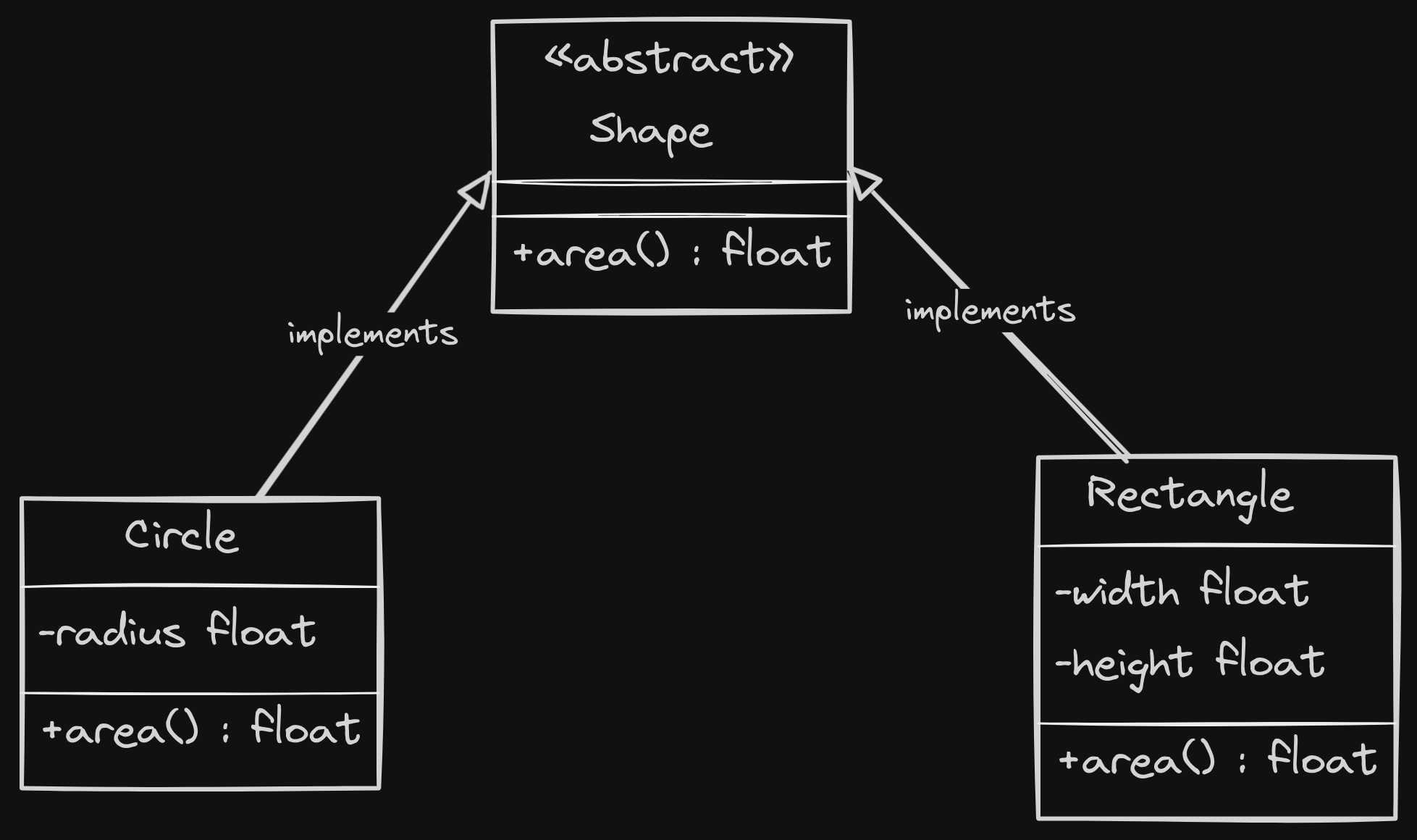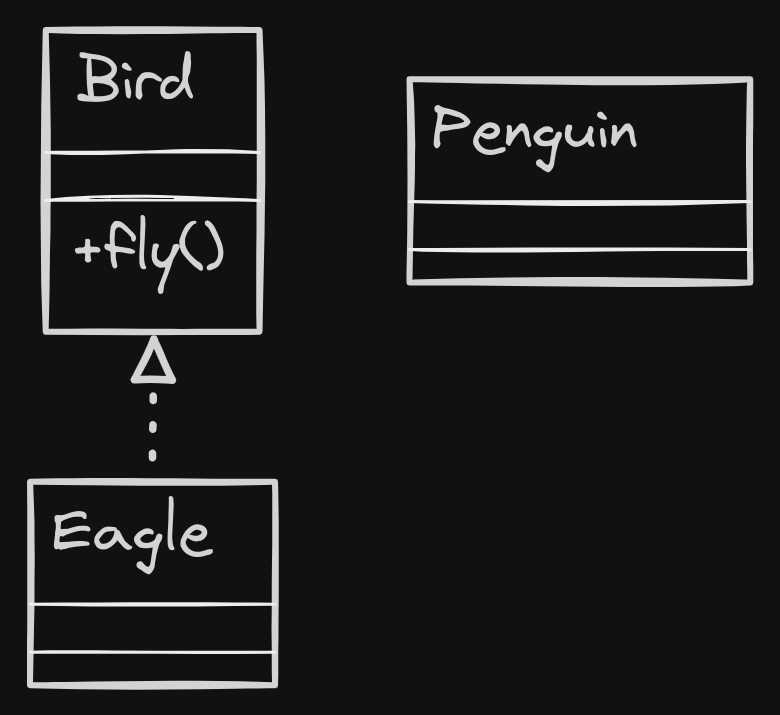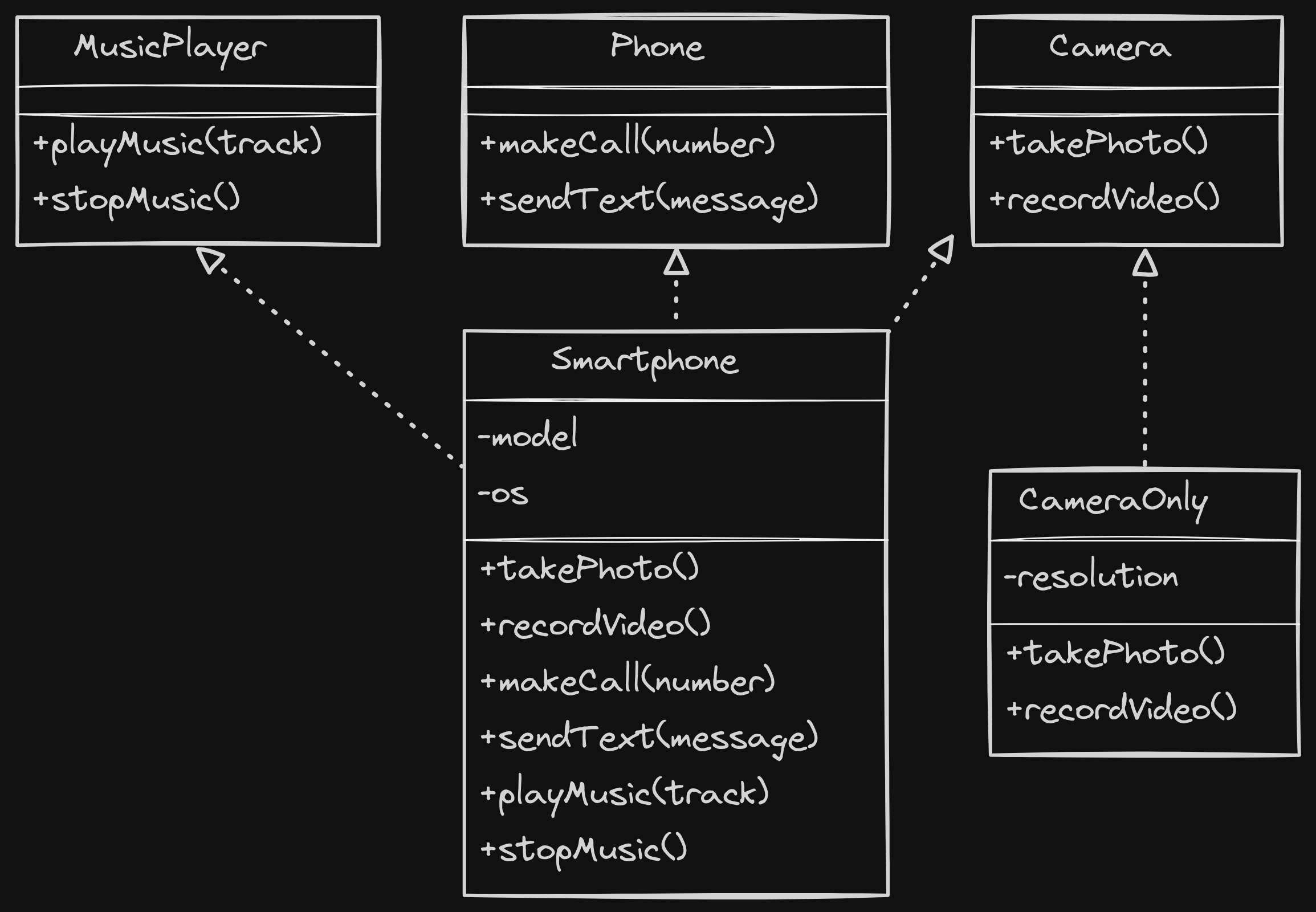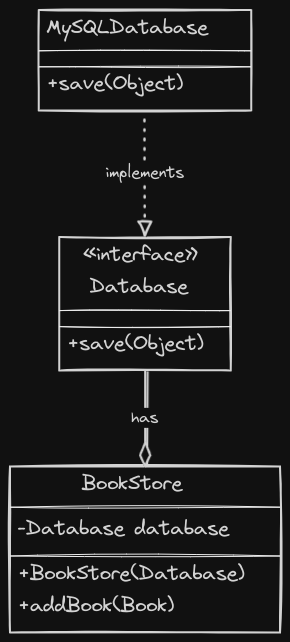Introduction:
The SOLID principles are a cornerstone for designing robust, maintainable, and scalable systems. These principles, introduced by Robert C. Martin, provide a foundation for good software design. In this article, we’ll break down each principle with examples, making it easy for beginners to grasp these essential concepts.
1. Single Responsibility Principle (SRP):
The Single Responsibility Principle states that a class should have only one reason to change, meaning it should have only one job. This principle helps in reducing the complexity of the code by limiting the impact of changes.
Example:

Consider a Book class responsible for both book details and printing. According to SRP, these responsibilities should be separated:
class Book {
private String title;
private String author;
// Getters and setters for title and author
}
class BookPrinter {
void printBook(Book book) {
// Print the book details
}
}
2. Open/Closed Principle (OCP):
The Open/Closed Principle suggests that software entities should be open for extension but closed for modification. This means you should be able to add new functionality without changing existing code.
Example:

Instead of modifying an existing Shape class to add new shapes, use inheritance to extend the class:
abstract class Shape {
abstract double area();
}
class Rectangle extends Shape {
private double length;
private double width;
// Constructor, getters, and setters
@Override
double area() {
return length * width;
}
}
class Circle extends Shape {
private double radius;
// Constructor, getters, and setters
@Override
double area() {
return Math.PI * radius * radius;
}
}
3. Liskov Substitution Principle (LSP):
The Liskov Substitution Principle states that subtypes must be substitutable for their base types without altering the correctness of the program. This principle ensures that a subclass can stand in for its superclass without causing errors.
Example:

A Penguin class should not inherit from a Bird class with a fly method, since penguins can’t fly:
class Bird {
void fly() {
// Implementation for flying
}
}
class Eagle extends Bird {
// Inherits fly method
}
class Penguin {
// Penguin-specific methods
}
4. Interface Segregation Principle (ISP):
The Interface Segregation Principle asserts that clients should not be forced to depend on interfaces they do not use. This principle encourages splitting large interfaces into smaller, more specific ones.
Example:

Split a large SmartDevice interface into smaller interfaces like Camera, Phone, and MusicPlayer:
interface Camera {
void takePhoto();
}
interface Phone {
void makeCall();
}
interface MusicPlayer {
void playMusic();
}
class Smartphone implements Camera, Phone, MusicPlayer {
// Implementation of all methods
}
class CameraOnly implements Camera {
// Implementation of Camera methods only
}
5. Dependency Inversion Principle (DIP):
The Dependency Inversion Principle states that high-level modules should not depend on low-level modules, but both should depend on abstractions. This principle reduces the coupling between high-level and low-level modules.
Example:

A BookStore class should depend on a Database interface, not a specific MySQLDatabase class:
interface Database {
void save(Object data);
}
class MySQLDatabase implements Database {
@Override
void save(Object data) {
// Save data to MySQL database
}
}
class BookStore {
private Database database;
// Constructor to inject database dependency
void addBook(Book book) {
database.save(book);
}
}
Conclusion:
Understanding and applying the SOLID principles is a crucial step in becoming a proficient software developer. By adhering to these principles, you can create code that is more modular, easier to understand, and simpler to maintain. As you continue your journey in software development, keep these principles in mind to build robust and scalable systems.